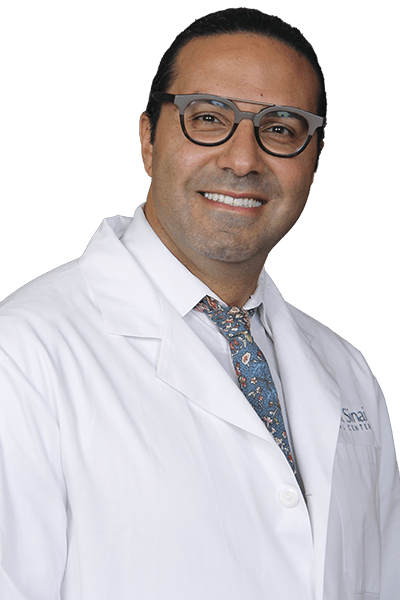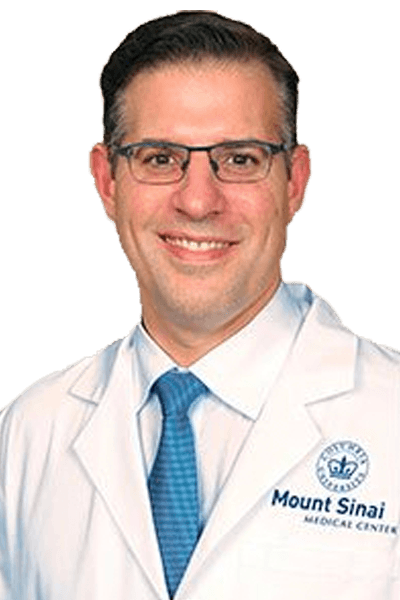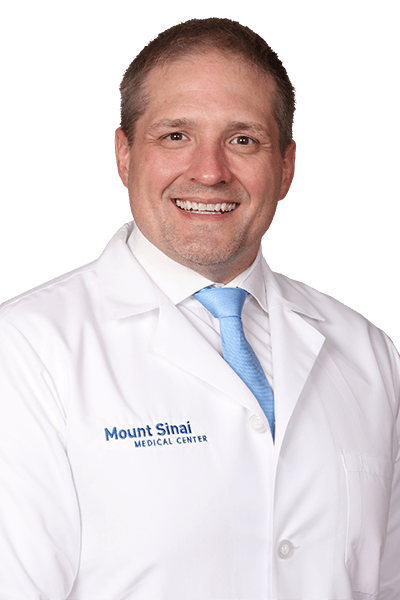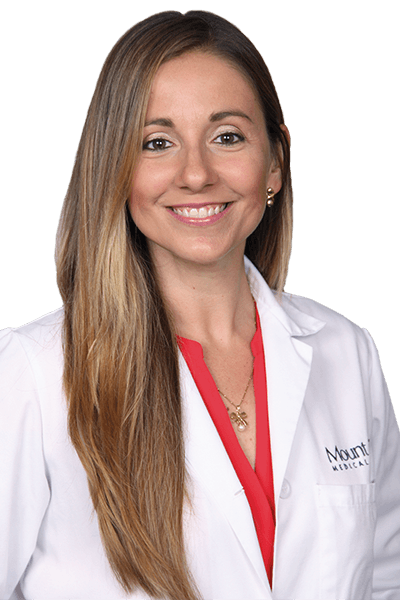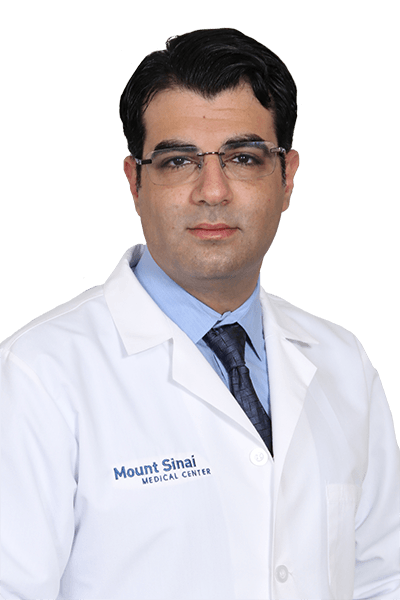Connective Tissue and Inflammatory Disease
Genetic Screening and Imaging Surveillance
Connective tissue diseases can contribute to aortic conditions. Often related to an inheritable disorder, these conditions weaken the wall of the aorta and predispose patients to aortic aneurysms, which are bulges in the aorta. A connective tissue disease also increases a patient’s risk for aortic dissections, a serious condition in which a tear occurs in the aorta.
Our team at the Aortic Center at Mount Sinai has extensive experience with connective tissue disorders. Mount Sinai offers patients access to an established Marfan Clinic and is recognized by the Marfan Foundation as an aortic center of excellence.
For patients with Marfan syndrome and other connective tissue conditions, the team at the Aortic Center may recommend regular imaging and screenings to determine the status of the condition and determine if further intervention is needed. This includes consistent and close communication with your own cardiologist and primary care physicians, ensuring timely treatments and better outcomes.
The Aortic Center uses advanced imaging surveillance (including CT imaging, MRI, and echocardiography) to monitor patients with the following conditions:
- Marfan syndrome: Marfan syndrome is an inherited disorder that affects connective tissues, primarily in the heart, eyes, blood vessels, and skeleton. The aorta is frequently affected, and this condition can be life-threatening. Evaluation and lifelong monitoring is required in an experienced Marfan Clinic, which integrates doctors of various specialties, such as cardiologists, heart surgeons, eye doctors, spine surgeons, and geneticists.
- Ehlers-Danlos syndromes (EDS): Ehlers-Danlos syndromes are hereditary diseases of the connective tissue. Rarer forms of the disease can lead to aortic root and cardiac valve disorders, in addition to major gum and dental disease, eye disease, and organ ruptures.
- Loeys-Dietz syndrome: Loeys-Diez syndrome affects connective tissues in the body and is characterized by an enlarged aorta. This may lead to aortic dissection and require close monitoring in an experienced aortic center of excellence.
- Inflammatory conditions, including arthritis: These conditions have a strong genetic predisposition, and genetic testing and family screening are important components of patients’ comprehensive disease monitoring and management.
In addition, imaging is extremely helpful to stage disease and detect growth in aneurysms over time. Our team at Mount Sinai’s Aortic Center uses advanced imaging technology to monitor each patient’s status and catch any disease progression before it becomes life-threatening.
Aortitis
Aortitis is inflammation of the aorta. Aortitis can be caused by inflammatory conditions, connective tissue disorders, and rarely from infections. This condition usually involves all layers of the aorta and may lead to an aneurysm, or bulge, in the blood vessel of the body. Aortitis is typically treated with immune-suppressing medications or corticosteroids. If aneurysms enlarge over time despite appropriate medical therapy, patients may also require corrective surgery.
Our Physicians
Micheal T Ayad, MD
Chief, Division of Vascular Surgery
Director, Vascular Institute
Co-Director, Aortic Center
- Endovascular Surgery
- Vascular Surgery
- Aortic Aneurysm Repair
- Mount Sinai Medical Center (Main Campus)
- 305.674.2071
- Mount Sinai Emergency Center, Physician Offices, Cancer Center and Diagnostic Center Aventura
- 305.692.1072
- Mount Sinai Specialty Care Key West I Cardiology, Urology & Vascular Care
- 786.584.5555
Steve Xydas, MD
Chief of the Columbia University Division of Cardiac Surgery
Co-Director, Mount Sinai Heart Institute
Co-Director, Aortic Center
- Cardiac Surgery
- Robotic Surgery
- Aortic Aneurysm Repair
- Minimally Invasive Valve Surgery
- Mount Sinai Medical Center (Main Campus)
- 305.674.2121
Steven R DeBeer, MD
Co-Director, Aortic Center
- Cardiac Surgery
- Robotic Surgery
- Thoracic & Cardiovascular Surgery
- Aortic Aneurysm Repair
- Mount Sinai Medical Center (Main Campus)
- 305.674.2121
Sofia Horvath Adam, MD
Assistant Professor of Medicine at the Columbia University Division of Cardiology at Mount Sinai Medical Center
- Cardiology
- Connective Tissue Disease
- Mount Sinai Emergency Center and Primary & Specialty Care Hialeah
- 786.584.5555
Edward Andraos, MD
- Vascular Surgery
- Aortic Aneurysm Repair
- Mount Sinai Medical Center (Main Campus)
- 305.674.2071
- Mount Sinai Emergency Center and Primary & Specialty Care Hialeah
- 786.584.5555
- Mount Sinai Specialty Care Key West I Cardiology, Urology & Vascular Care
- 305.294.8334


